It is no secret that I love all things natural and all things DIY and today's project combines both loves, so keep reading and learn How to Make Hand Sanitizer! If you are looking for more homemade natural recipes, check out my Fizzy Homemade Toilet Cleaner recipe HERE, it's so good! But in the meantime, you are going to love this DIY Hand Sanitizer recipe.
You can also check out my post on How to Make Foaming Hand Sanitizer HERE and my newest posts about How to Make Disinfecting Wipes HERE and DIY Disinfecting Spray HERE.
(Affiliate links included for your convenience. When you make a purchase through a link on my blog, I receive a tiny commission but you never pay a penny more. Thank you for supporting my blog.)
How to Make Hand Sanitizer
Hand sanitizer is everywhere. It is in bathrooms, in hospitals, in classrooms and I won't lie, I won't sugar coat it, just look at the ingredients, they are not good for you.
Sure it may kill germs, but the ingredients in commercially-made hand sanitizers are anything but healthy for you.
And, don't tell me I am the only one who thinks this, but every time I use store-bought sanitizer, my hands feel gross and sticky and less clean than before. I really don't like it one bit.
If you actually take a few minutes and research the ingredients found in most store-bought hand sanitizers you will find out some not so great things about it.
Disclaimer: I am not claiming that this DIY Hand Sanitizer recipe will kill bacteria or viruses. This recipe does, however, contain rubbing alcohol which is isopropyl alcohol. Isopropyl alcohol is a widely used disinfectant. (You can learn more here.) I am not claiming that this recipe will yield the 60% alcohol content as recommended by the CDC. Due to the nature of any DIY, I can not guarantee the percentage of alcohol in the final product you create. Alcohol can harm some surfaces so please do your research and ensure that you only use this on surfaces safe for alcohol use. Please note that this recipe is NOT SAFE for consumption. Seek medical treatment if consumption occurs. Simply Designing and its owners are not responsible for any outcomes of making, storing, ingesting or using this product in any way shape or form. Please consult my privacy policy for more use of site terms.
If you are looking for an alcohol-free hand purifier recipe, go HERE.
Most Store-Bought Hand Sanitizers Contain:
- Triclosan
- Has been linked to hormone disruptions and fertility issues.
- It can combine with chlorine in our tap water to make chloroform gas.
- The EPA classifies this gas as a probable human carcinogen.
- Parabens
- Has been linked to hormone disruption and has been shown to mimic estrogen which can encourage breast tumor growth.
- Fragrance
- Is an allergen.
- Has been linked to organ-system toxicity.
- Tocopheryl Acetate
- Is an allergen.
- Has been linked to cancer.
- Propylene Glycol
- This is sometimes used as a de-icing agent (like anti-freeze). (source: https://www.atsdr.cdc.gov/csem/csem.asp?csem=12&po=14)
You see, it's just no good for you!
If you want to do some research yourself, look up each of these ingredients on the EWG.org website. I research a lot of ingredients in products here.
So today we are going to talk about how to make hand sanitizer so that you can avoid these yucky ingredients for you and for your family.
How do you make natural hand sanitizer?
You can make your own natural hand sanitizer by using simple ingredients you may already have at home like rubbing alcohol, aloe vera gel, and essential oils. By making your own natural hand sanitizer you are able to control the ingredients you allow into your home and on the hands of your loved ones.
Remember that after 26 seconds of contact, whatever you put on your body can be found in measurable amounts in your cells. Yikes. So choose good things to put on and in your body.
How do you make hand sanitizer with essential oils?
It is so easy to make your own hand sanitizer with essential oils. By merely adding the essential oils of your choice to a simple base of rubbing alcohol and aloe vera gel, you can get the added benefits of essential oils to support the many systems in your body. If you want to learn all about essential oils and how they can support your body's wellness, check out my post HERE All About Essential Oils.
For the hand sanitizer recipe I am sharing today, I have decided to use Lavender and Frankincense Essential Oils. But during the winter months, I love to alternate lavender and frankincense (which is really good for soothing your winter hands) with thieves (which is really good for helping to support your immune system.) Those are my favorite essential oils for homemade hand sanitizers.
Is rubbing alcohol safe?
According to the EWG.org website, rubbing alcohol does have a few minor concerns associated with it. However, it still gets a B rating which is much better than the ingredients that make up store-bought hand sanitizers.
Natural soap and water are always best to wash your hands, but DIY hand sanitizer is a viable backup when needed. While it is not safe to ingest rubbing alcohol, for occasional topical use, I think the benefits can outweigh the minor concerns especially when the other options are so so so much worse.
If you really do want to avoid using rubbing alcohol, use witch hazel instead!
But I always recommend that everyone does their own research so that they are comfortable with the products they use on themselves and their families.
Anytime you use essential oils, I think it is important to use only the best essential oils out there. Through my research, I have found that Young Living is the only company that I trust to use in my home and on my family because they are the only company that actually guarantees what is in the bottle of essential oil you are using. You can learn more about Essential Oils and also how to get your hands on some HERE.
Be careful using store-bought essential oils. Many of them say on the label not to use them topically. That is because that bottle is not completely full of pure, good quality essential oil.
A bottle only needs to be 5% essential oil to be able to be labeled as pure. I’ve also seen essential oils in the store that say 100% natural on the front and on the back under ingredients it says “fragrance.” Fragrance is not natural.
So just do your research and be careful in what you use. That’s why I now only recommend using Young Living essential oils. (In the past, I too have used other fragrance oils because I didn’t know better. But I know better now and so I no longer use them!)
I have linked to the Premium Starter Kit in this post for purchase. That kit comes with 11 amazing essential oils (including Lavender, Frankincense and Thieves like I talked about in this post), a sample of my favorite Thieves Household Cleaner, and so much more! This is truly the best way to get started with essential oils for the best price.
(Affiliate links included for your convenience. When you make a purchase through a link on my blog, I receive a tiny commission but you never pay a penny more. Thank you for supporting my blog.)
Are you ready? This recipe is super easy and super fun!
What if I can't find rubbing alcohol? What can I sub for rubbing alcohol?
Rubbing alcohol can be difficult to find. A great sub is to use drinkable, grain alcohol (aka ethyl alcohol) like Everclear or Vodka. Look at the proof and cut that number in half, that is the percent of alcohol in the bottle. So if you are using 140 proof alcohol, that will be equivalent to 70% alcohol which is the minimum % of alcohol you should use for this recipe.
Why do we need alcohol in hand sanitizer?
"Sanitizer" refers to lowering the number of germs to a safe level on a surface. This can be done through cleaning (removing germs using soap and water) or disinfecting (using a chemical to kill, but not remove, germs). (https://www.cdc.gov/flu/school/cleaning.htm)
While I love a good witch-hazel/aloe vera/essential oil-based hand purifier for occasional, everyday use, I can not claim that it will kill germs.
The CDC recommends that hand sanitizers contain 60% alcohol or more in order to sanitize your hands properly. (https://www.cdc.gov/handwashing/pdf/hand-sanitizer-factsheet.pdf)
How to Make Hand Sanitizer
Ingredients:
- ⅔ c Rubbing Alcohol (I suggest using at least 70% but grab 91% if you can find it)
- ⅓ cup Aloe Vera Gel
- 20 drops Young Living Essential Oils, Lavender & Frankincense
- Small pump bottle (I prefer glass ones like these HERE but you can use plastic ones too)
**If you want to increase your alcohol %, simply tweak the amounts of alcohol vs aloe vera gel, or use 91% or 99% alcohol instead). For example, you could use 9 parts alcohol and 1 part aloe vera gel for a higher percentage of alcohol content in your final product. Alcohol will dry your hands, so the aloe is a nice way to add a bit of moisture back into your hands. The lavender and frankincense are also very soothing oils for your skin. Peppermint and Thieves are another favorite essential oil combination in my opinion.
Directions
- Mix rubbing alcohol and aloe vera gel together until well blended.
- Add essential oils into the mixture and stir again until combined.
- Use a funnel or a spouted bowl and pour it into your small pump bottle.
If you want to avoid using rubbing alcohol, switch it out for witch hazel instead! But please note my comment above about why you might want to use alcohol in this recipe.
This recipe is great to keep in your home, I love keeping a bottle by my baby's changing table, and give it to all your friends, neighbors and teachers! Especially the teachers!
How to Make Hand Sanitizer
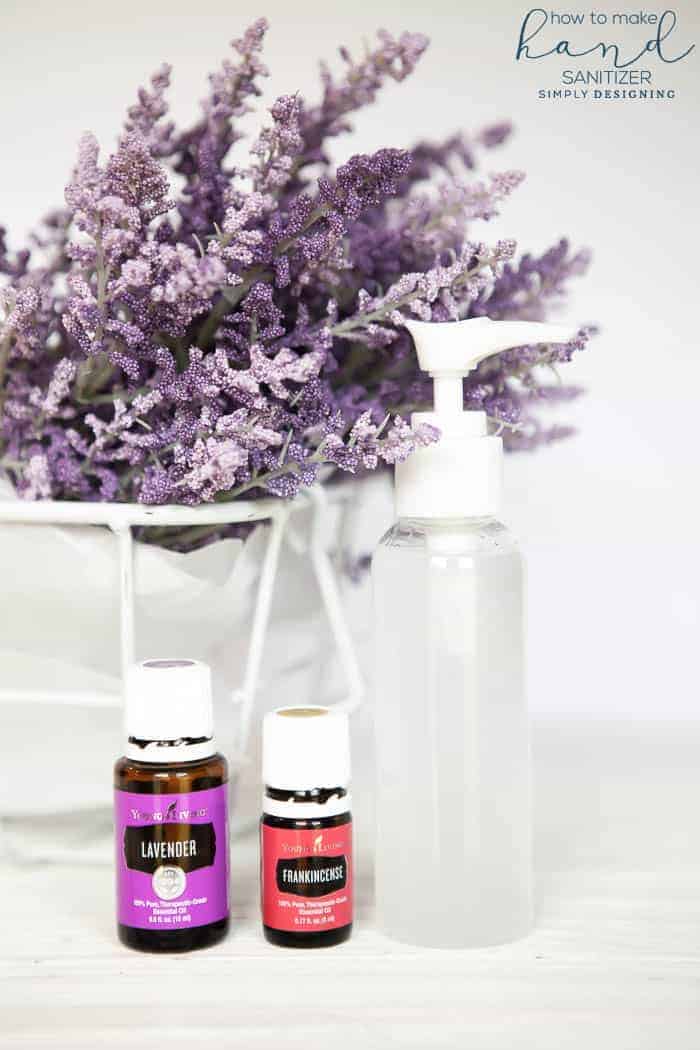
If you want a safer and less expensive hand sanitizer, check out this recipe for how to make hand sanitizer so you can make your own natural alternative.
Materials
- ⅔ c Rubbing Alcohol (I suggest using at least 70% but grab 91% if you can find it)
- ⅓ cup Aloe Vera Gel
- 20 drops Young Living Essential Oils, Lavender & Frankincense
- Small pump bottle
Tools
- Bowl
- Spoon
- Funnel
Instructions
- Mix rubbing alcohol and aloe vera gel together until well blended.
- Add essential oils into the mixture and stir again until combined.
- Use a funnel or a spouted bowl and pour it into your small pump bottle.
Notes
If you want to avoid using rubbing alcohol, switch it out for witch hazel instead. But the CDC does recommend 60% alcohol in hand sanitizers. If you can't find rubbing alcohol, drinking grain alcohol like EverClear or Vodka with at least 140 proof will also work.
Recommended Products
As an Amazon Associate and member of other affiliate programs, I earn from qualifying purchases.
How to make Foaming Hand Sanitizer
How to Make Disinfecting Wipes


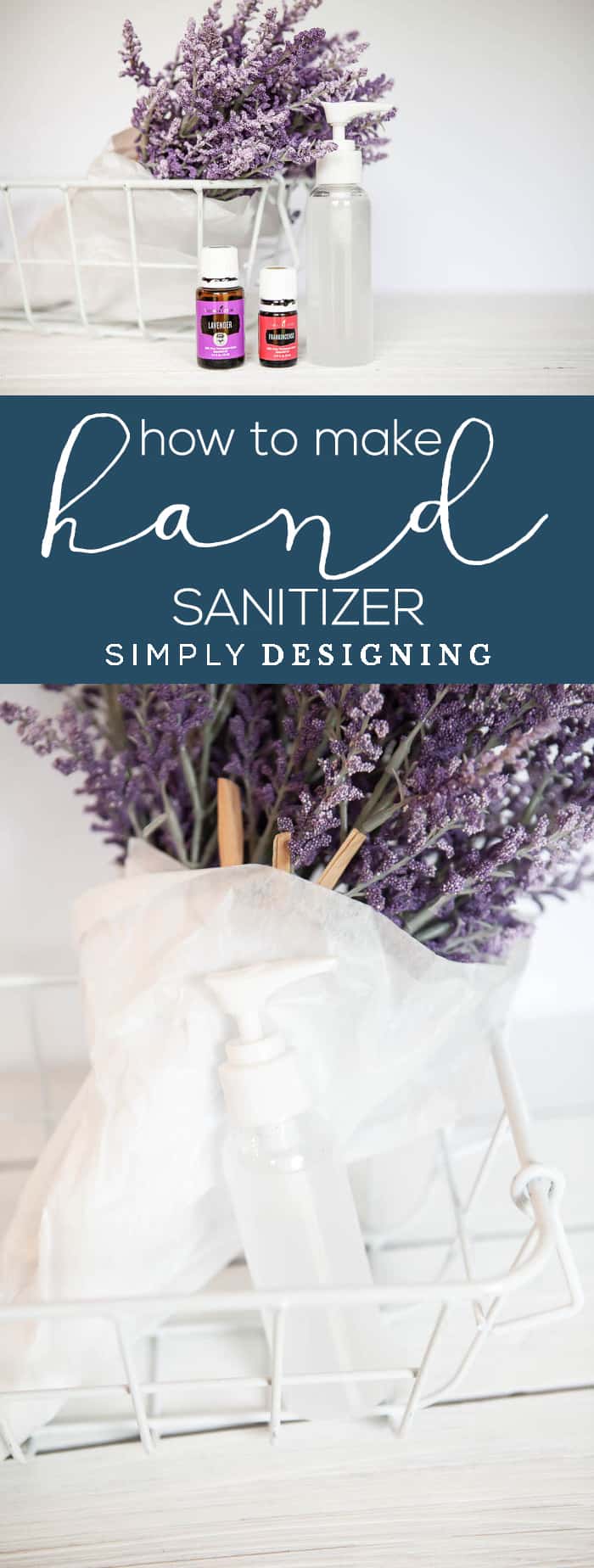

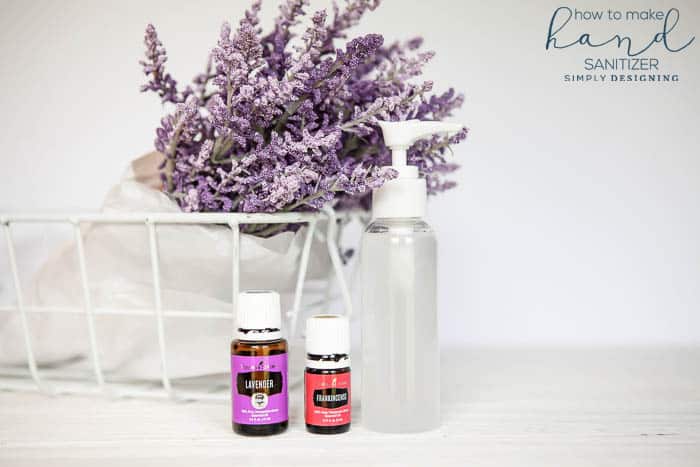

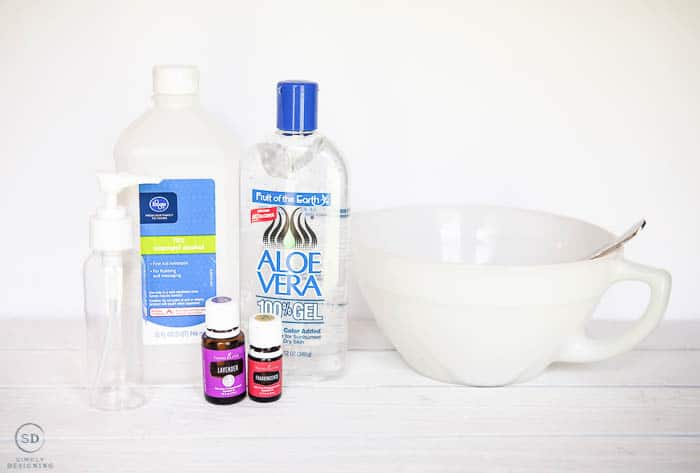
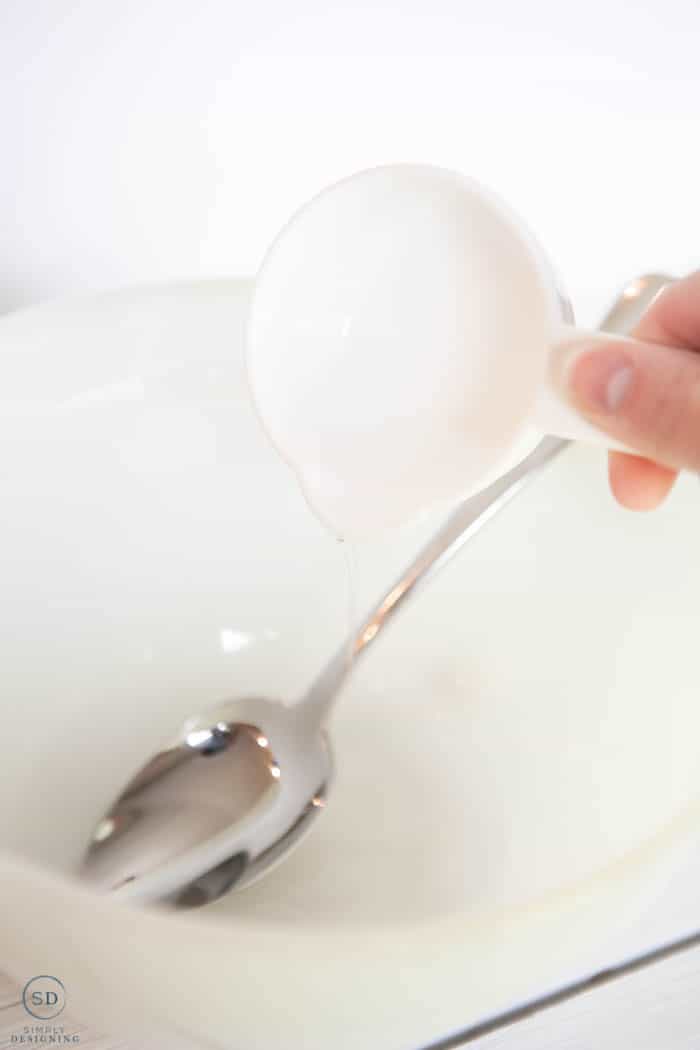
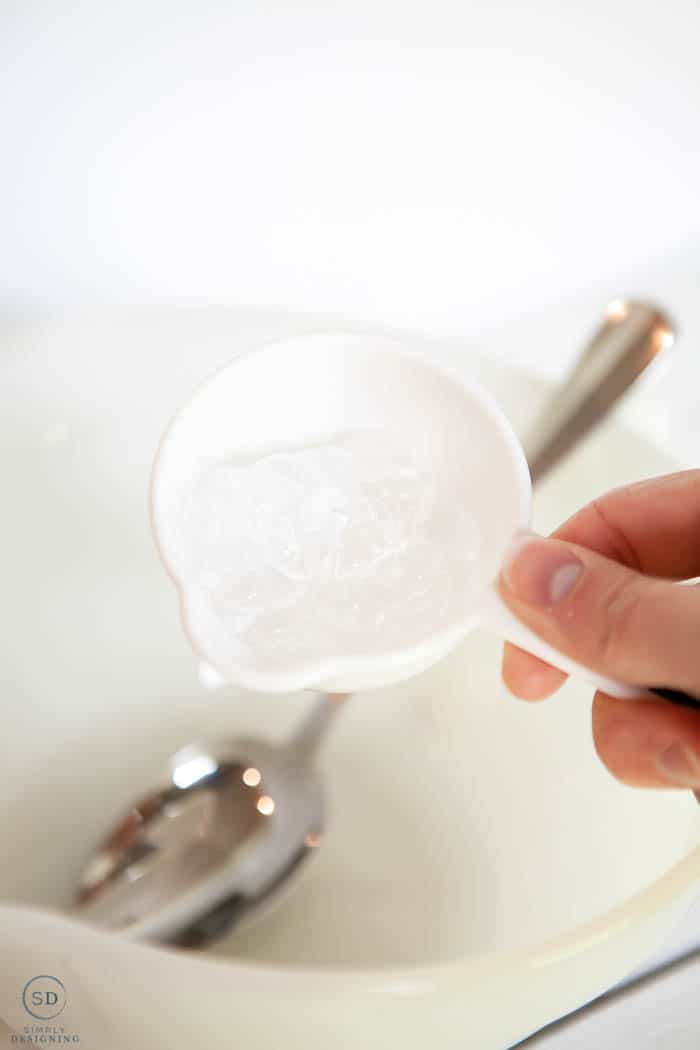
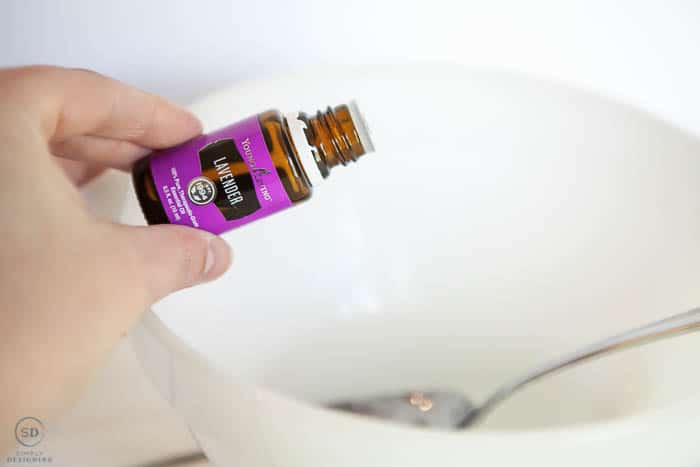
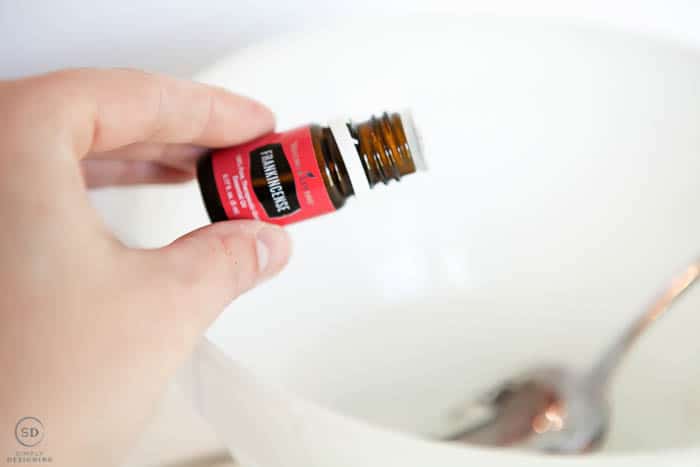
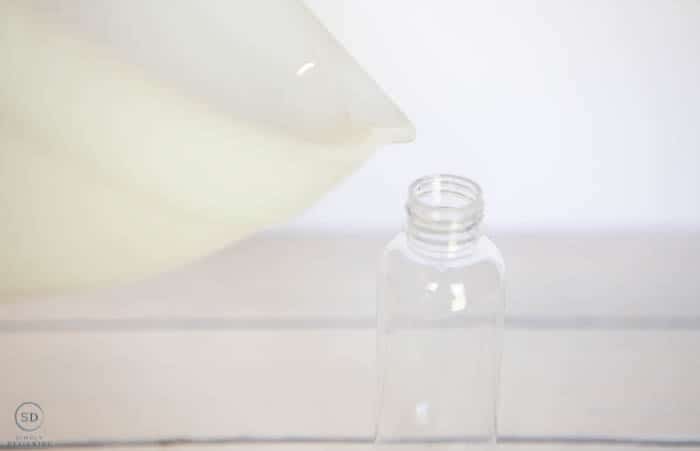
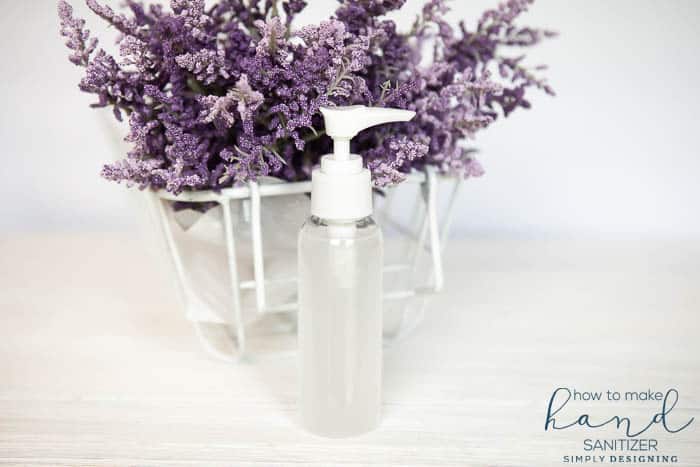


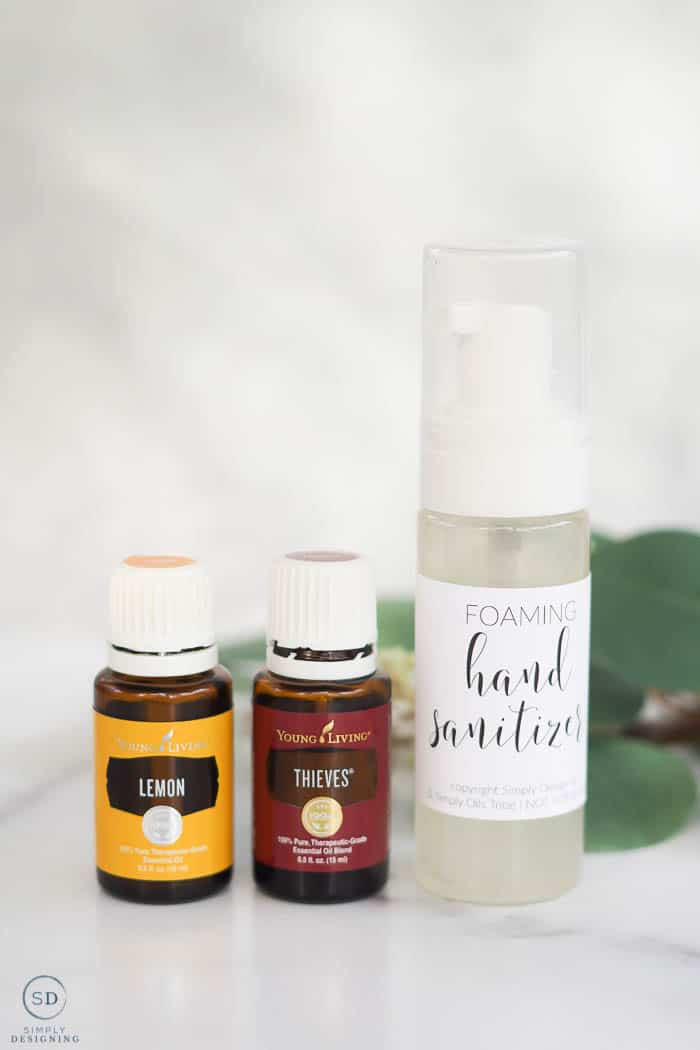
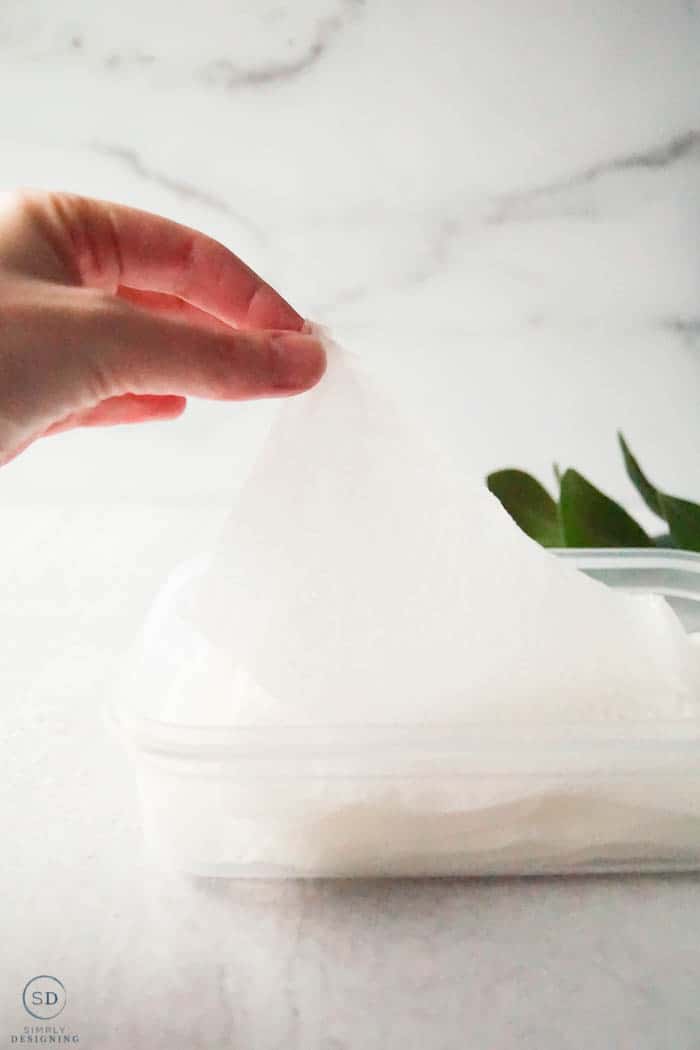
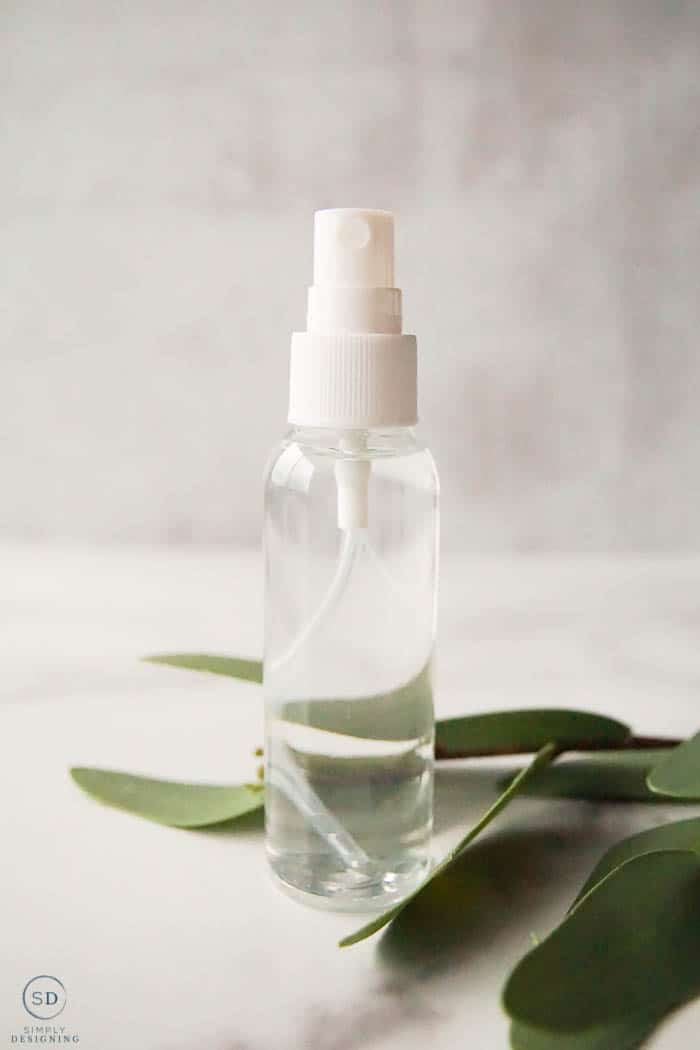

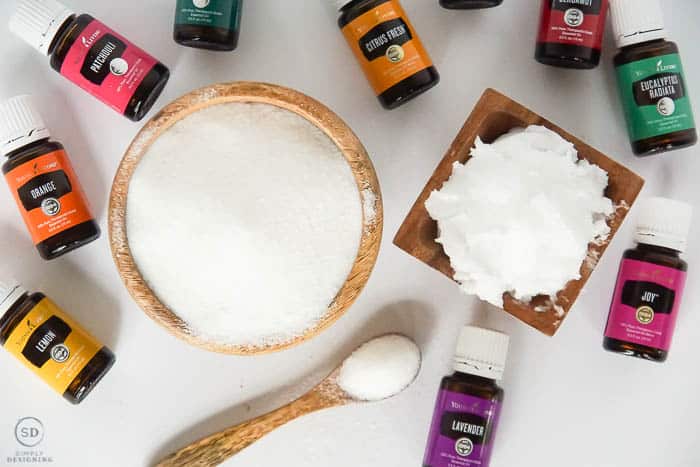
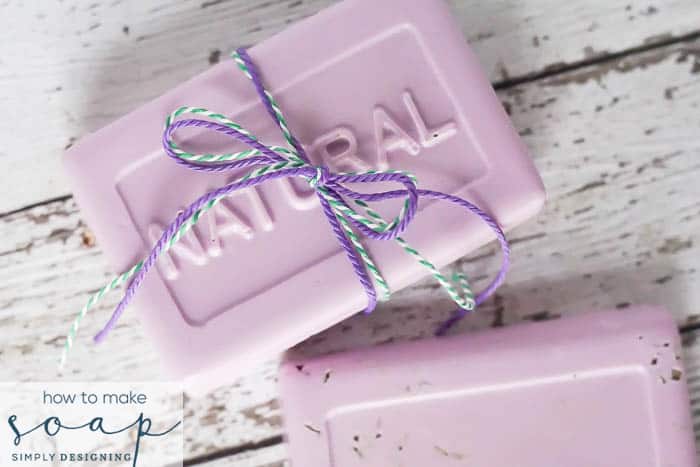
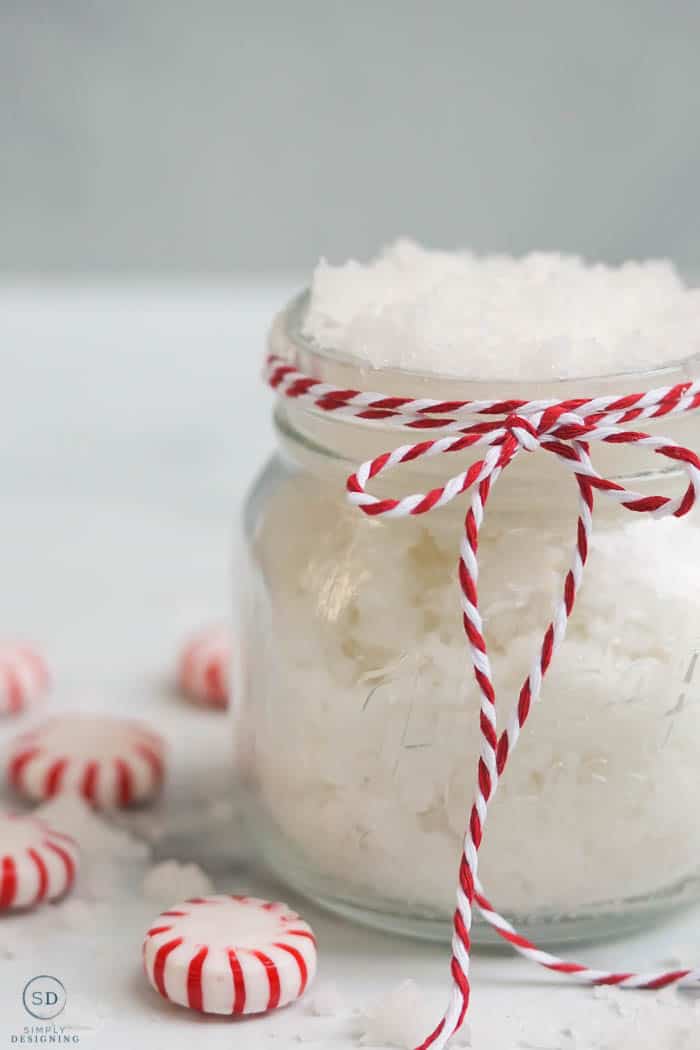
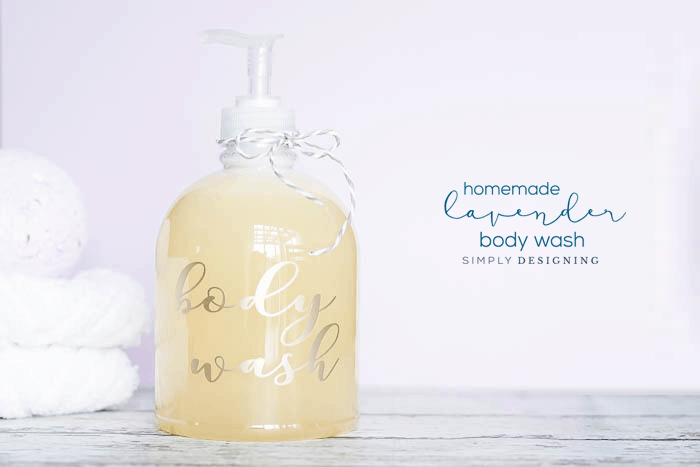
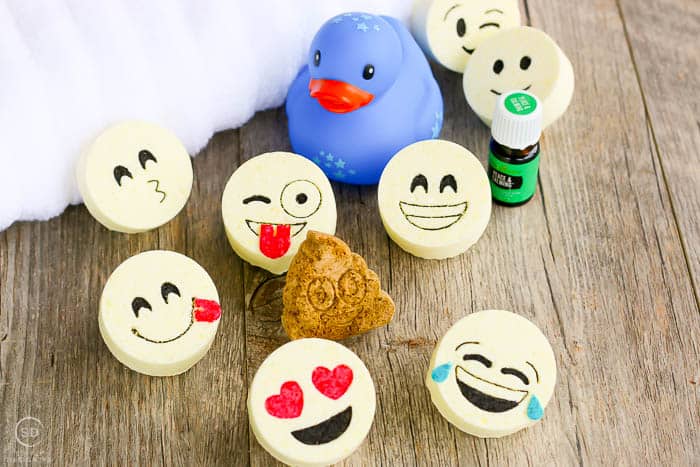
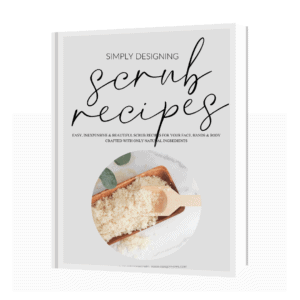
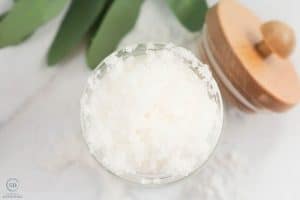

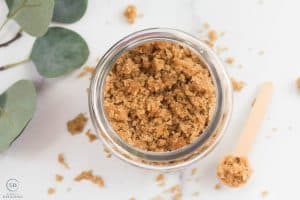
Paula
Do you use ten drops of each oil?
Ashley Phipps
10 drops total of the oil or oil combination of your choice!
Donna Case
You talk so much in there so many ads I'm bouncing around and I still can't find the recipe for the foaming hand sanitizer with or without alcohol.
Ashley Phipps
I am sorry you had difficulty finding the recipe. The recipe for Hand Sanitizer with alcohol is in the blog post 2 times, one mid-way through, and a printable option closer to the bottom of the post. My foaming hand purifier is alcohol-free and is linked at the bottom of the page. Have a lovely day.